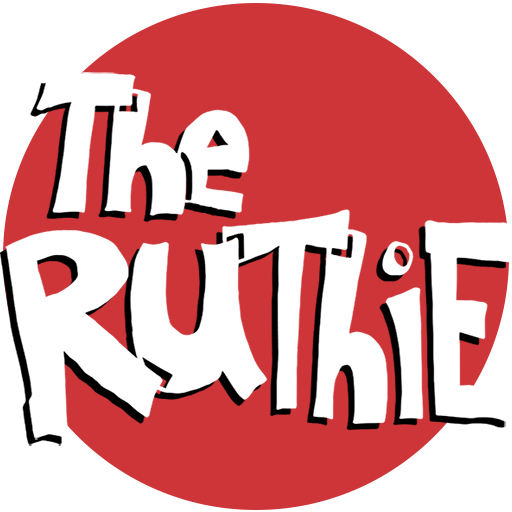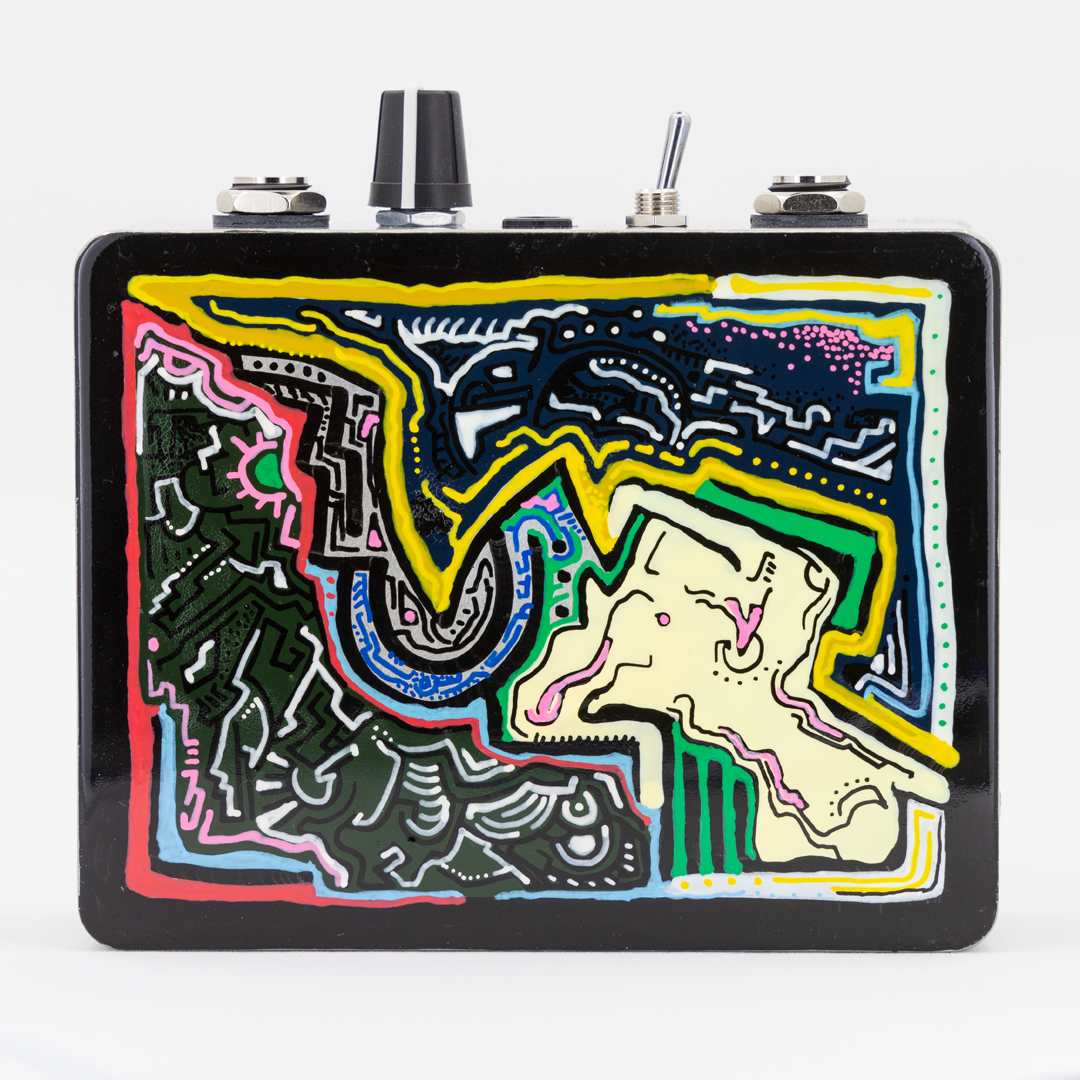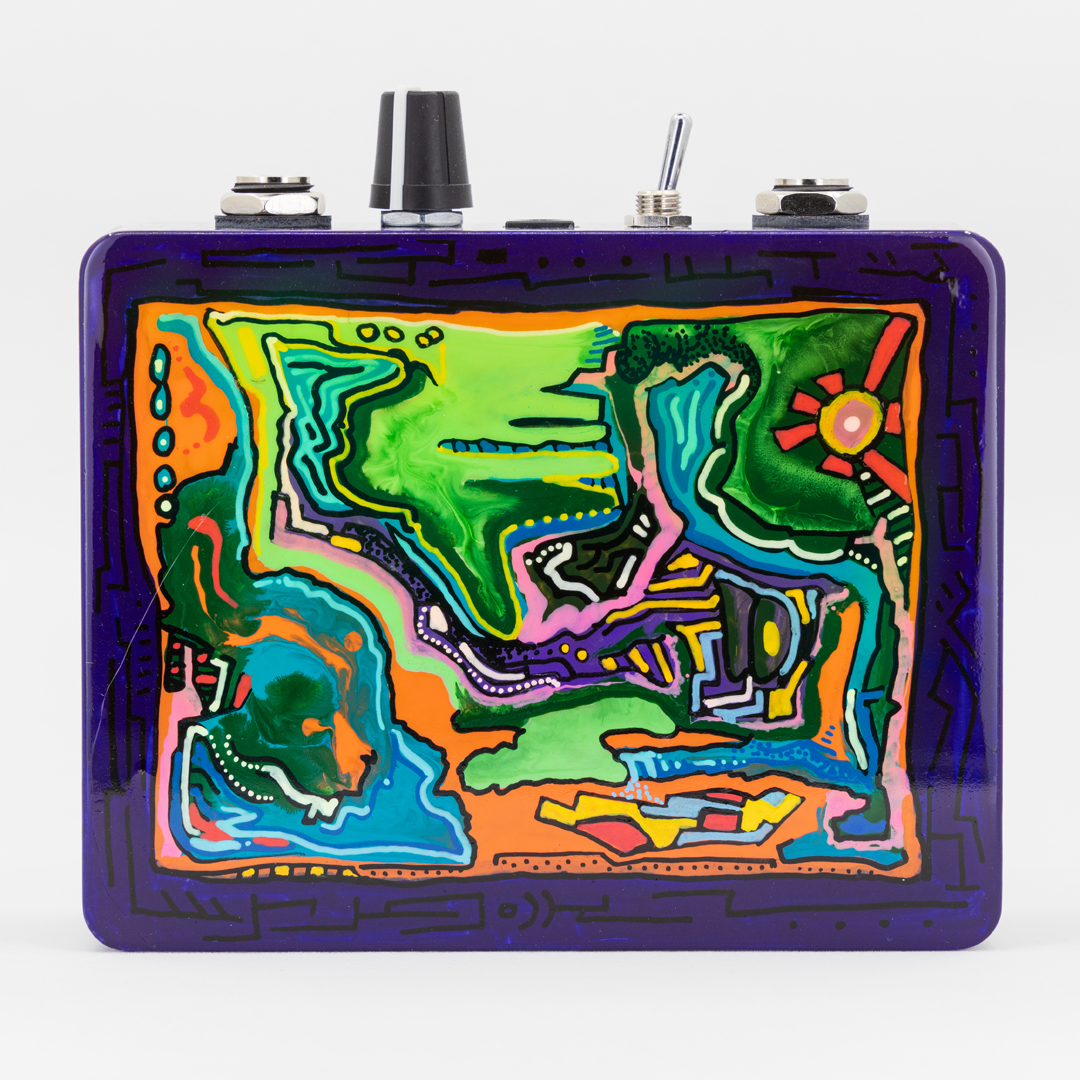
An Effect Pedal by Jeff Starr





Adjust your instrument volume and change your pick attack to conjure robust cleans, harmonically rich overdrive and fully gated fuzz.
Use the single EQ knob, the Mitten’s Control, to tighten the fuzz depth and help your guitar cut in an audio mix.
Each Ruthie is uniquely painted, signed and dated by me. Watch and listen to the video demo’s below.
The Ruthie is handmade in small batches and sells out fast.
Sometimes the Mailing List takes a moment to process. Once it resets to a blank form your information will have been successfully captured. Thanks!
The Ruthie is designed and built by Jeff Starr and is a division of 5 Starr Music Products LLC
